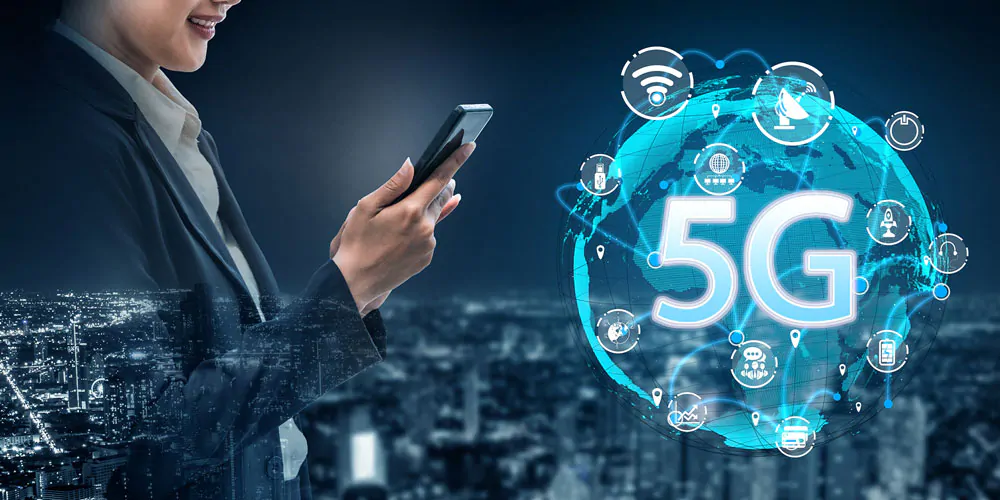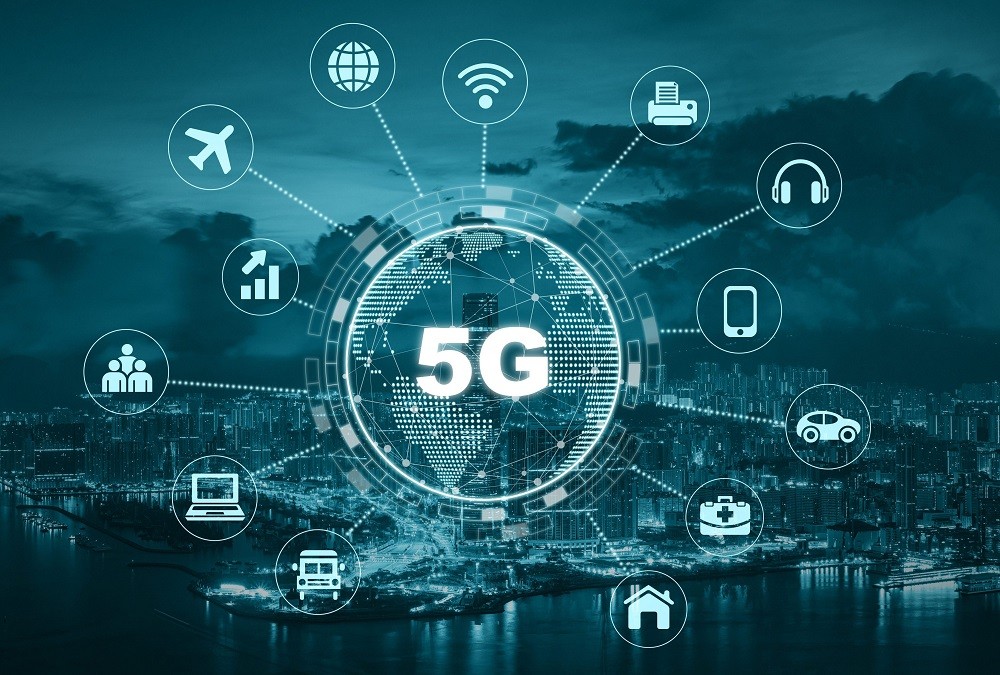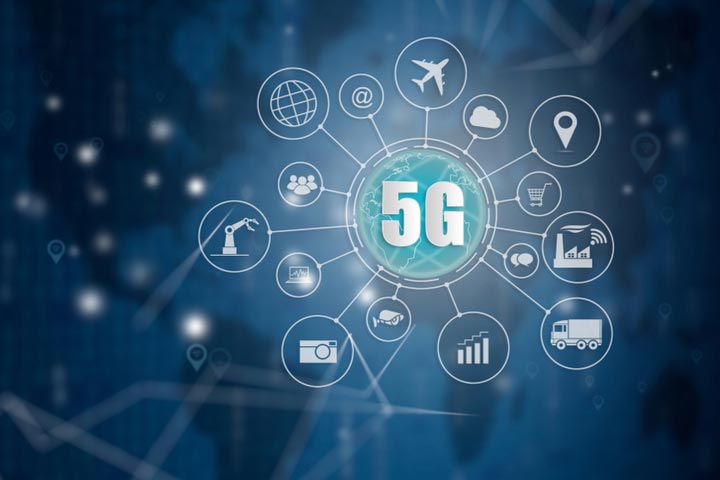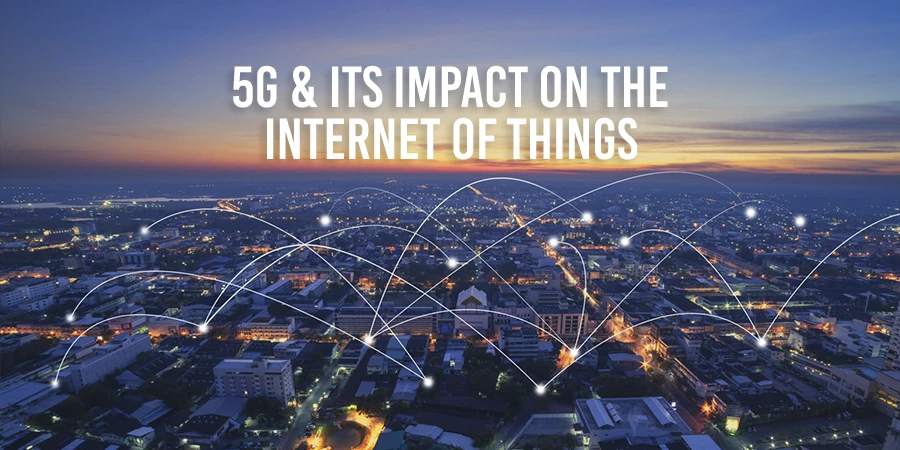how does 5g technology enhance the Internet of Things (IoT)
The combination of two revolutionary developments, 5G technology and the Internet of Things (IoT), is changing how we engage with the digital world in today’s quickly evolving technological landscape. The combination of these two fields has the power to completely transform several different businesses and redefine connectivity. We explore how does 5G technology enhance the Internet of Things and moves us closer to a more connected and productive future in this thorough investigation.
Table of Contents
Understanding IoT and its Applications:
Before delving into the role of 5G in enhancing IoT, it’s essential to grasp the concept of IoT itself. IoT refers to a vast network of interconnected devices embedded with sensors, software, and other technologies, enabling them to collect and exchange data. These devices can range from everyday objects like smart thermostats and wearable fitness trackers to complex systems such as industrial machinery and autonomous vehicles.
The applications of IoT span across various sectors, revolutionizing processes and enhancing efficiency. In healthcare, IoT devices can monitor patients’ vital signs remotely, facilitating early detection of health issues and improving patient outcomes. In agriculture, IoT sensors can gather data on soil moisture levels and crop health, optimizing irrigation and increasing yields. Similarly, IoT technology can enhance public services, improve traffic management, and reduce energy consumption in smart cities.
However, the full potential of IoT is yet to be realized, primarily due to limitations in connectivity and bandwidth. Traditional networks, such as 4G LTE, struggle to accommodate the massive influx of data generated by IoT devices, leading to latency issues and reliability concerns. This is where the advent of 5G technology comes into play.

Unleashing the Power of 5G:
5G, the fifth generation of cellular network technology, represents a significant leap forward in connectivity. With its promise of ultra-fast speeds, low latency, and high capacity, 5G has the potential to unlock a new era of innovation and efficiency. Unlike its predecessors, 5G utilizes higher frequency bands, enabling it to support many devices simultaneously while delivering faster data rates.
One of the most significant advantages of 5G is its low latency, which refers to the time it takes for data to travel between devices. In comparison to 4G, which typically has latency of around 50 milliseconds, 5G boasts latency as low as 1 millisecond. This near-instantaneous response time is critical for applications that require real-time data processing, such as autonomous vehicles, remote surgery, and augmented reality.
Furthermore, 5G offers significantly higher bandwidth compared to previous generations, allowing for the seamless transmission of large volumes of data. This increased capacity is essential for supporting the proliferation of IoT devices, which are expected to number in the billions in the coming years. Additionally, 5G networks are designed to be more energy-efficient, prolonging the battery life of IoT devices and reducing overall power consumption.

how does 5g technology enhance the Internet of Things IoT
The integration of 5G technology promises to address many of the challenges facing IoT deployment and accelerate its adoption across industries. Here are some key ways in which 5G enhances the capabilities of IoT:
- Improved Connectivity: With its higher bandwidth and lower latency, 5G provides a more reliable and robust connection for IoT devices. This ensures that data is transmitted quickly and efficiently, even in densely populated areas or environments with high levels of interference.
- Support for Massive IoT Deployment: 5G networks are designed to support a massive number of connected devices, making them ideal for IoT applications. Whether it’s smart cities, industrial automation, or healthcare monitoring, 5G can accommodate the growing demand for interconnected devices.
- Real-time Data Processing: The low latency of 5G enables real-time data processing, allowing IoT devices to respond instantly to changing conditions. This is particularly crucial for applications like autonomous vehicles, where split-second decisions can mean the difference between safety and disaster.
- Edge Computing: 5G networks facilitate edge computing, where data processing and analysis are performed closer to the source of the data. This reduces latency and bandwidth usage by minimizing the need to transmit data back and forth to centralized servers. As a result, IoT devices can operate more efficiently and autonomously.
- Enhanced Security: Security is a top concern in IoT deployments, as interconnected devices are vulnerable to cyber threats. 5G networks incorporate advanced encryption and authentication mechanisms, ensuring that data transmitted between devices is secure and protected from unauthorized access.
- Enabling Emerging Technologies: The combination of 5G and IoT paves the way for the adoption of emerging technologies such as artificial intelligence (AI) and machine learning (ML). These technologies can leverage the vast amounts of data generated by IoT devices to drive insights and automation, unlocking new opportunities for innovation and growth.

Case Studies:
- Smart Manufacturing: In the manufacturing sector, IoT devices equipped with sensors can collect real-time data on equipment performance, production processes, and supply chain logistics. With 5G connectivity, manufacturers can optimize their operations by monitoring and analyzing this data in real-time, identifying inefficiencies, and implementing predictive maintenance strategies to minimize downtime.
- Healthcare: In healthcare, IoT devices such as wearable sensors and remote monitoring devices enable continuous monitoring of patients’ vital signs and health metrics. With 5G technology, healthcare providers can securely transmit this data to electronic health records (EHR) systems and cloud-based platforms, facilitating remote patient monitoring, telemedicine consultations, and personalized treatment plans.
- Smart Cities: In smart cities, IoT sensors deployed throughout urban environments collect data on traffic patterns, air quality, energy consumption, and infrastructure usage. With 5G connectivity, city officials can leverage this data to improve public services, optimize transportation systems, and enhance the overall quality of life for residents.
Challenges and Considerations:
While the convergence of 5G and IoT holds immense promise, several challenges and considerations must be addressed:
- Infrastructure Deployment: The rollout of 5G infrastructure requires significant investment in new towers, antennas, and network equipment. Ensuring adequate coverage and capacity in both urban and rural areas is essential to realizing the full potential of 5G-enabled IoT.
- Interoperability and Standards: The interoperability of IoT devices and platforms remains a challenge, as devices from different manufacturers may use proprietary protocols and communication standards. Establishing industry-wide standards and protocols is crucial to ensuring seamless integration and compatibility across devices and networks.
- Privacy and Security: As IoT devices become more pervasive, concerns about data privacy and security continue to grow. Protecting sensitive information and preventing unauthorized access to IoT devices and networks is paramount to building trust and confidence among users.
- Regulatory Compliance: The deployment of IoT devices and 5G networks is subject to regulatory requirements and standards imposed by government agencies and industry bodies. Compliance with regulations regarding data privacy, spectrum allocation, and electromagnetic radiation is essential to avoid legal and regulatory hurdles.
Conclusion:
The convergence of 5G technology and the Internet of Things represents a paradigm shift in the way we interact with technology and the world around us. By providing ultra-fast speeds, low latency, and high capacity, 5G enhances the capabilities of IoT, enabling a wide range of applications across industries.

